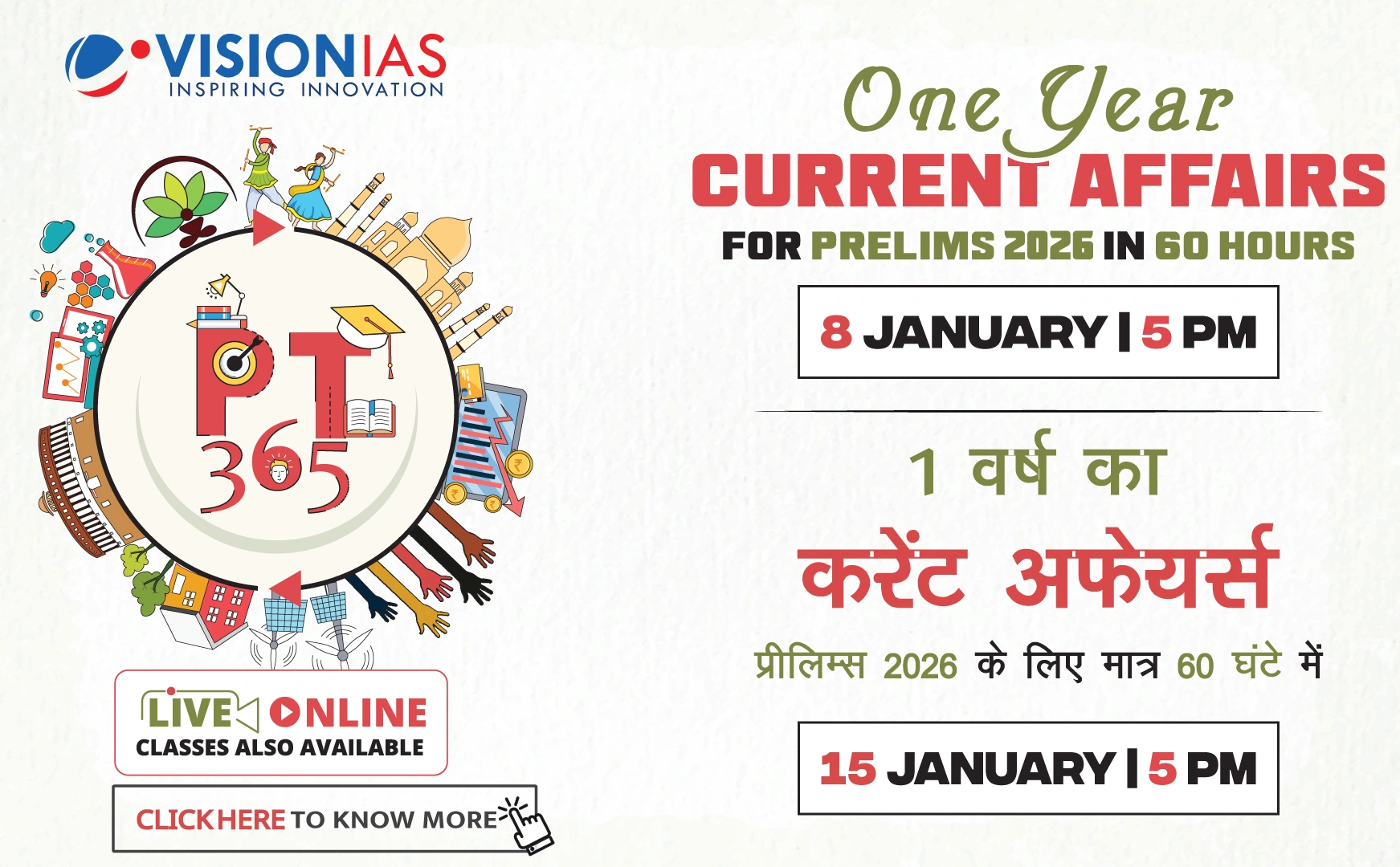India-ASEAN Partnership and Development
Prime Minister Narendra Modi highlighted the strengthening India-ASEAN partnership as a foundation for global stability and development. This partnership is particularly relevant in the current context of global uncertainties such as trade wars, rising tariffs, and geopolitical instability.
Understanding Development
The concept of development has evolved over time from being synonymous with economic growth to encompassing various dimensions like social change and sustainability.
- 1950s-60s Economic Growth: Development was understood in quantitative terms, focusing on economic growth.
- Walt Rostow's Stages: Viewed development as an evolutionary social change through five distinct stages.
- Simon Kuznets' Hypothesis: Proposed an inverted U-shaped relationship between inequality and economic growth.
- Michael Lipton's Urban Bias: Criticized policies that favored urban middle classes over the rural poor.
- Feminist Economists: Claudia Goldin highlighted the U-shaped curve of women's labor force participation.
- Sustainable Development: Introduced by the 1987 Brundtland Report, emphasizing growth that does not compromise future needs.
Development Models
Various models of development have been adopted by different countries:
- Capitalist Development: Characterized by rapid industrialization, such as England's experience in the 1840s.
- East Asian Tigers: Singapore, Hong Kong, Taiwan, and South Korea with export-oriented policies and government intervention.
- Mixed Economy in India: Adopted through Five-Year Plans, shifting to a market-oriented economy in the 1990s.
- Bretton Woods System: Newly independent countries faced challenges of weak industrial foundations and export dependency.
Key Economic Theories and Models
- Prebisch-Singer Hypothesis: Argues deteriorating terms of trade for developing countries exporting primary products.
- Infant Industry Argument: Advocates protectionist policies to shield new domestic industries.
- Washington Consensus: Promoted by Bretton Woods institutions, focusing on trade liberalization and privatization.
Centralized vs. Decentralized Approaches
Development strategies can be centralized or decentralized, each having distinct characteristics and implications:
- Centralized Models: China and Soviet Union's Five-Year Plans, India’s centralized planning.
- Decentralized Models: Emphasize local decision-making and resource allocation, such as China's healthcare reforms during the Cultural Revolution and India's Panchayati Raj Institutions.
Contemporary Development Models
Modern models blend centralized policy-making with decentralized execution, as seen in:
- National Nutrition Mission (Poshan Abhiyaan): Centrally-sponsored with state-level implementation.
- COVID-19 Response: Centralized procurement, decentralized vaccination drives.
Challenges and Recommendations
Decentralization can reduce structural barriers by empowering local governments, but its effectiveness depends on local capacity and alignment with national goals. Strengthening local institutional autonomy and capacity-building are crucial for successful implementation.



